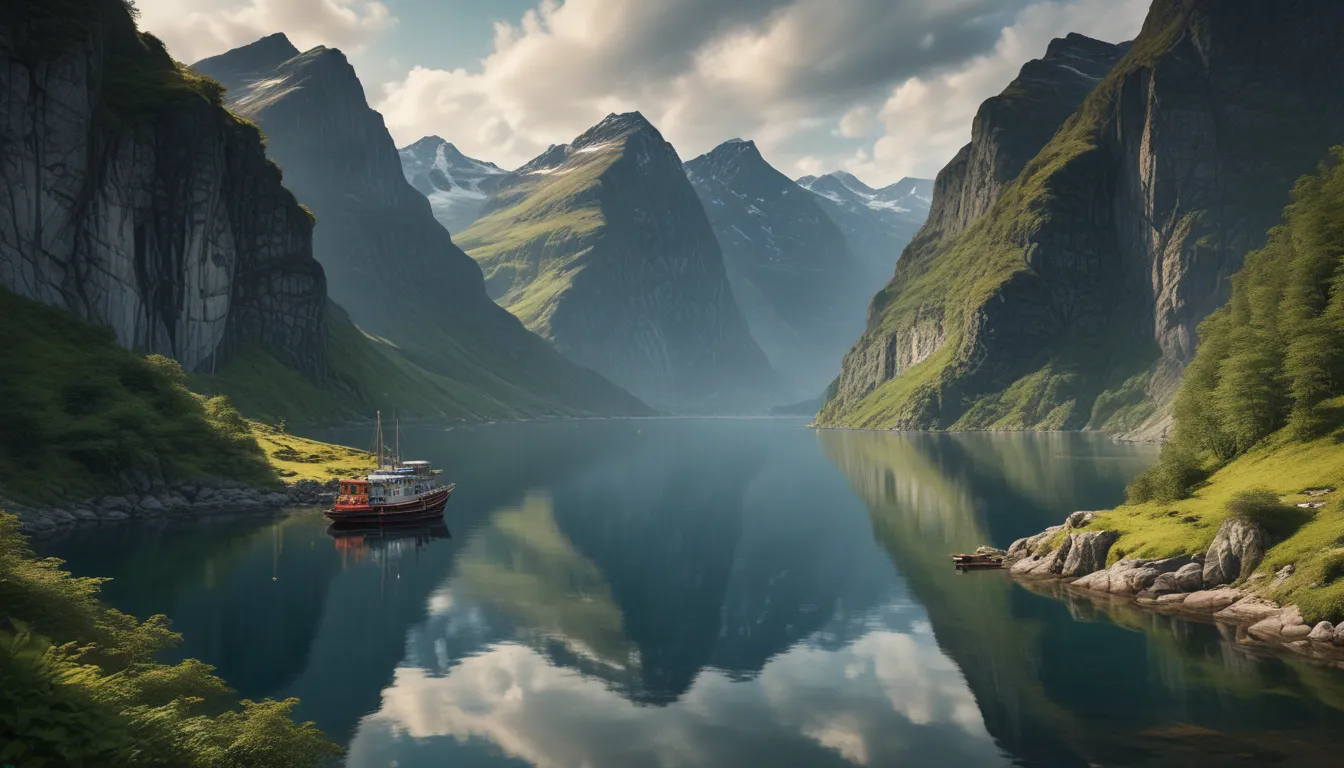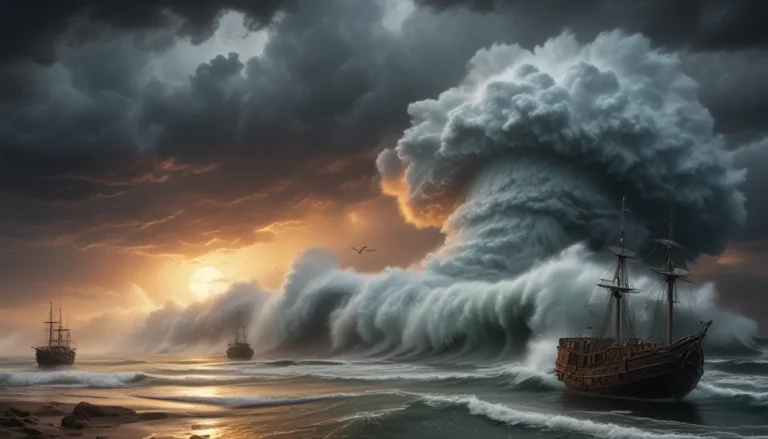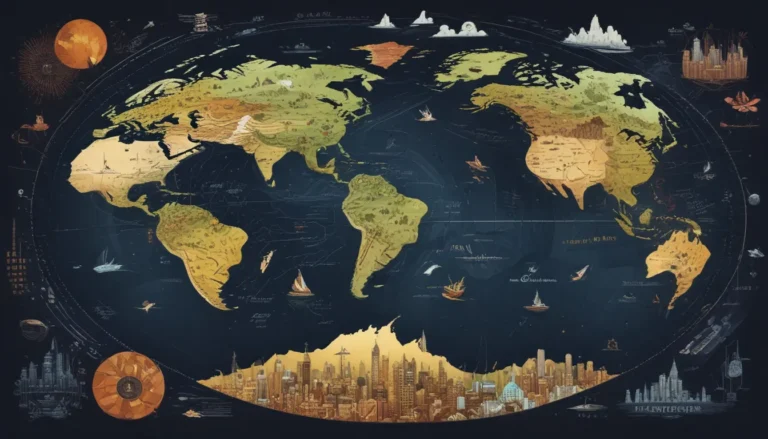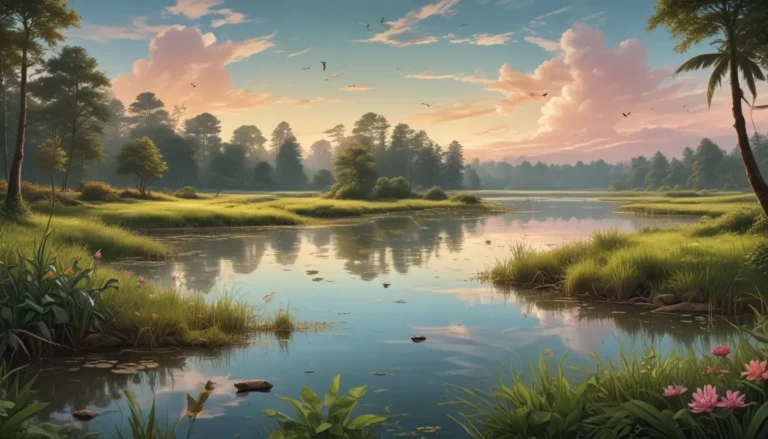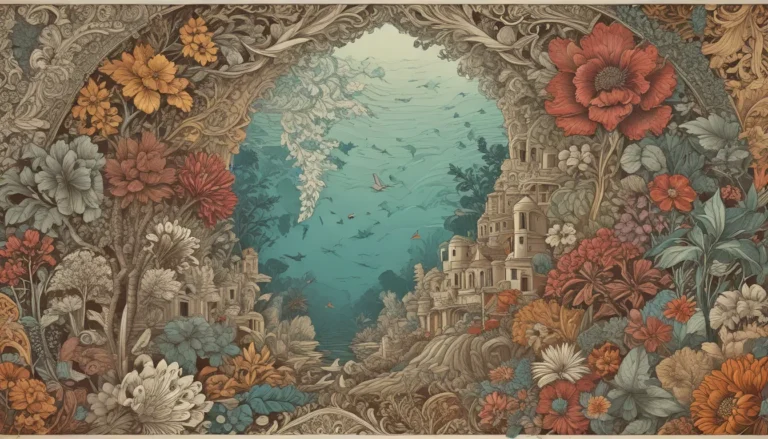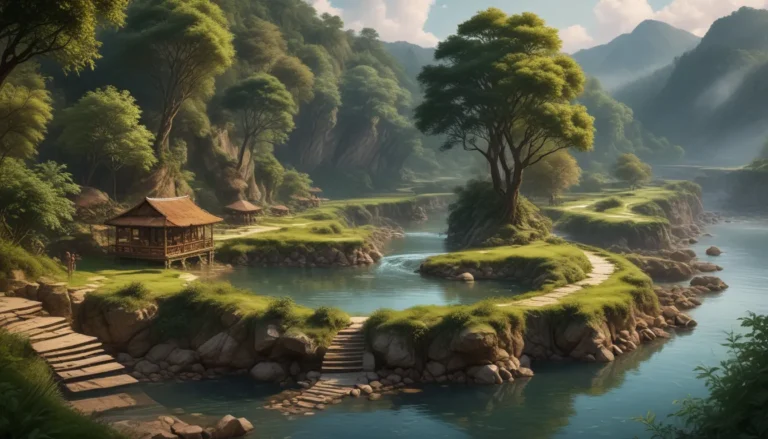A Note About Images: The images used in our articles are for illustration purposes only and may not exactly match the content. They are meant to engage readers, but the text should be relied upon for accurate information.
Fjords, with their breathtaking beauty and unique geological features, are truly some of the most captivating natural wonders on Earth. From Norway’s iconic landscapes to the remote fjords of Greenland, these narrow inlets surrounded by towering cliffs offer a mesmerizing experience for visitors. But there’s more to fjords than just their scenic allure. Let’s delve deeper into the fascinating world of fjords and uncover some astounding facts that make them truly exceptional.
Unveiling the Mysteries of Fjords
What is a fjord?
A fjord is a long, narrow inlet of the sea, typically flanked by steep cliffs or mountains. Formed through the movement of glaciers during the last ice age, fjords are characterized by their deep, icy waters and dramatic landscapes.
The allure of Norwegian fjords
Norway is renowned for its stunning fjords, such as the Geirangerfjord and the Nærøyfjord, which attract millions of visitors each year. These natural wonders offer a glimpse into the pristine beauty of the Scandinavian country.
Fjords around the world
While Norway may be synonymous with fjords, these geological formations can also be found in countries like New Zealand, Chile, Canada, and Iceland. Each destination offers its own unique fjord experiences, showcasing the diversity of these natural wonders.
The Ecological Diversity of Fjords
A haven for wildlife
Fjords provide a rich habitat for various marine and terrestrial wildlife, including seals, seabirds, reindeer, and eagles. The nutrient-rich waters of fjords support a thriving ecosystem, making them a paradise for nature enthusiasts.
Adventure awaits
From kayaking and hiking to fishing and wildlife spotting, fjords offer a wide range of outdoor activities for adventure enthusiasts. The dramatic landscapes and unique geological features of fjords create the perfect setting for thrilling experiences.
Discovering the Wonders of Fjords
The longest fjord in Greenland
Sermilik Fjord in Greenland holds the title for being the longest fjord in the world, stretching over 200 kilometers. Its remote and pristine environment makes it a sought-after destination for those seeking untouched wilderness.
Geological marvels
The combination of towering cliffs, crystal-clear waters, and lush greenery make fjords incredibly picturesque. Artists, photographers, and filmmakers have drawn inspiration from the unique beauty of fjords throughout history.
Cultural significance
Fjords have played a significant role in Norwegian culture, serving as transportation routes, sources of livelihood, and even inspiration for folklore. They hold a special place in the hearts of the Norwegian people, reflecting their deep connection to the natural environment.
Preserving the Majesty of Fjords
UNESCO World Heritage sites
Some fjords, including Norway’s Geirangerfjord and Nærøyfjord, have received the prestigious designation of being UNESCO World Heritage sites. This recognition highlights their exceptional natural beauty and cultural significance.
Spectacular cruising experiences
Exploring fjords by cruise ship is a popular tourist activity, allowing visitors to admire the majestic landscapes from the comfort of their cabins. The scenic cruises offer a unique perspective on the beauty of fjords.
Climate change and conservation
As global temperatures rise, fjords are experiencing the effects of climate change. Glaciers are shrinking, and the delicate ecosystem of fjords is being disrupted, underscoring the importance of conservation efforts to preserve these natural wonders.
Embracing the Magic of Fjords
In conclusion, fjords stand as a testament to the power and beauty of nature. Whether you’re seeking adventure, tranquility, or simply a sense of awe-inspiring wonder, fjords offer an unforgettable experience for all. From the iconic fjords of Norway to the hidden gems scattered across the globe, these natural marvels continue to captivate visitors with their grandeur and splendor.
Frequently Asked Questions
Q: What exactly is a fjord?
A: A fjord is a long, narrow inlet with steep sides or cliffs, created by glacial erosion. They typically have deep, cold waters and are often found in areas where mountains meet the sea.
Q: Where can I find fjords?
A: Fjords are predominantly found in Norway, Iceland, Canada, Greenland, New Zealand, and Chile. However, there are also smaller fjords in other parts of the world, such as Scotland, Alaska, and Patagonia.
Q: How are fjords formed?
A: Fjords are formed through a process known as glaciation. As glaciers move and erode the land, they carve out deep valleys. When the glaciers retreat, these valleys become flooded by the sea, creating the characteristic shape of a fjord.
Q: Are fjords home to any unique wildlife?
A: Yes, fjords are often teeming with diverse marine life. From various species of fish and shellfish to seals, sea lions, and even whales, the nutrient-rich waters of fjords provide a rich ecosystem for a range of creatures.
Q: Can you explore fjords by boat?
A: Yes, exploring fjords by boat is one of the best ways to truly appreciate their beauty. Whether it’s a cruise, kayak tour, or ferry ride, sailing through the narrow passages and admiring the towering cliffs from the water offers a perspective like no other.
Your Exploration Awaits
With their captivating beauty, rich biodiversity, and cultural significance, fjords offer a unique opportunity to connect with the wonders of the natural world. Whether you’re planning a scenic cruise through Norway’s iconic fjords or embarking on a kayaking adventure in Greenland, the majesty of fjords awaits your discovery. So, embrace the magic of fjords and immerse yourself in the timeless allure of these stunning natural wonders.
